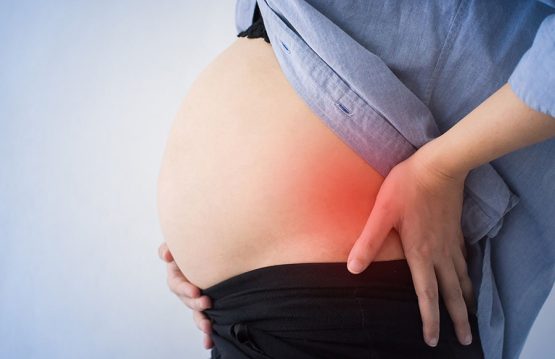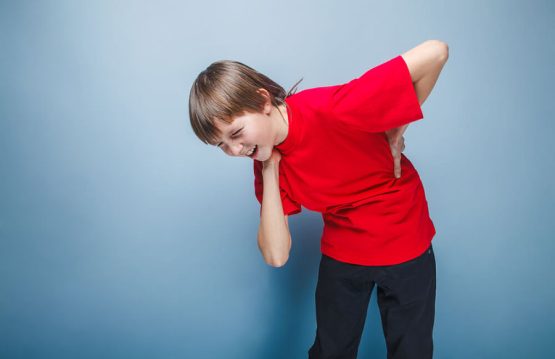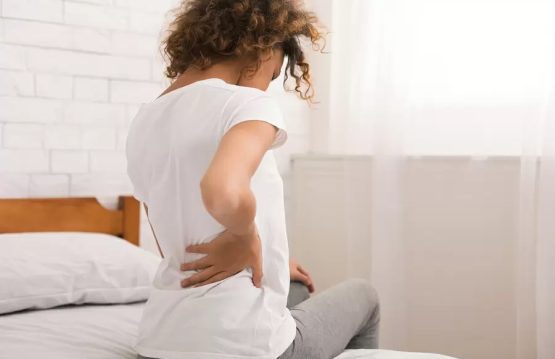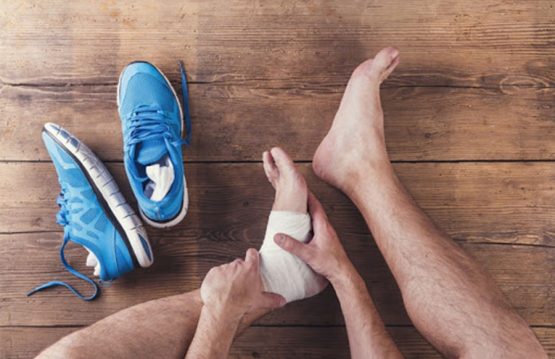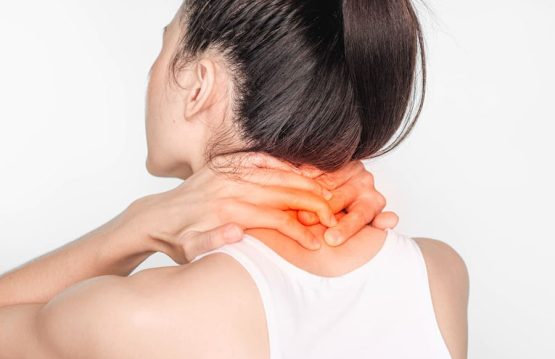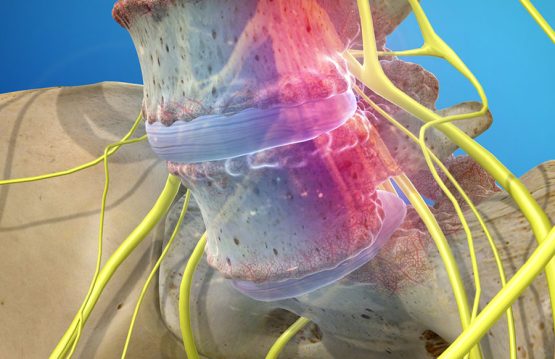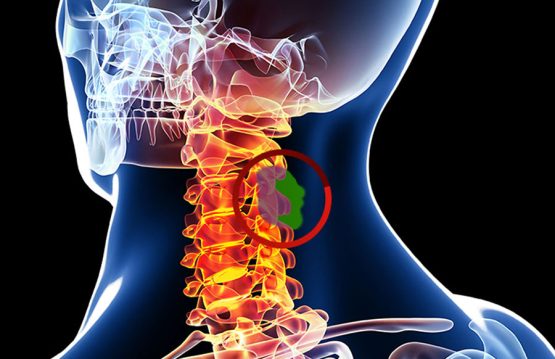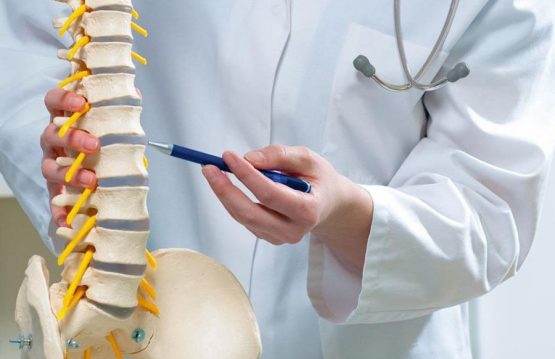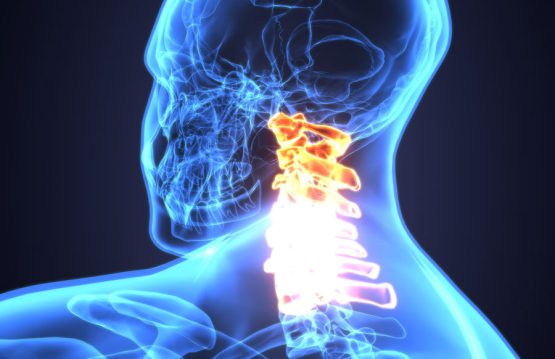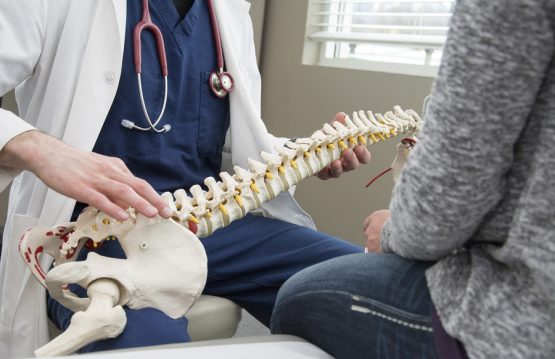It seems that between 24 and 90% of women experience pelvic pain or back pain during pregnancy. Many women say that this pain goes away when the baby is born. However, in more than a third of women the pain persists even after one year of birth.
Most back pain is related to physical changes that occur during pregnancy, including changes in hormones, changes in center of gravity and posture. Unfortunately, it usually gets worse as the pregnancy progresses.
CONTENT:
- Causes of back pain during pregnancy
- Treatment of back pain during pregnancy
- Other tips for expectant mothers
Causes of back pain during pregnancy
Pain usually occurs where the pelvis meets the spine, at the sacroiliac joint, the most common causes being:
Postural changes: Even if before becoming pregnant you benefited from a very good posture of the body during pregnancy, the body undergoes all kinds of changes. As the pregnancy progresses and the baby grows, the center of gravity moves forward, resulting in increased lumbar curvature (lumbar lordosis). This causes back pain during pregnancy. At the same time, breast augmentation causes the shoulders to pull forward, thus changing the way you maintain your head position.
Muscle separation: As the uterus expands, the abdominal muscles that stretch from the rib cage to the pubic bone can separate, which makes the pain worse.
Hormonal changes: To maintain pregnancy and to feed your baby. These hormones are released with the release of the embryo into the uterus. The main hormones released during pregnancy are estrogen and progesterone (their levels during pregnancy increase about 100 times compared to normal levels, they recover after birth. Another hormone released during pregnancy is relaxing. Its effect is to relaxes the body, acts on the ligaments – the connective tissue between the bones, and the pelvis weakens and increases its volume preparing the moment of birth. An essential role is the increased amount of endorphins, they are responsible for shine during pregnancy, especially after the first trimester. pregnancy (after the first 3 months).
Stress: Increased fatigue, insomnia, various pains, and other physical discomforts caused by pregnancy cause tension in the back muscles, which is felt as pain or spasms, especially during more difficult periods of pregnancy.
Extra pounds: During a normal pregnancy, the pregnant woman gains between 12 and 18 pounds, which puts extra effort on the spine. To this we add the weight of the fetus and uterus which also puts pressure on the blood vessels and nerves in the pelvis and back.
Treatment of back pain during pregnancy
In the meantime, you can relieve low back pain like this:
- Practicing moderate intensity exercises to strengthen the muscles and increase the flexibility of the spine
- Hot / cold compresses for pain relief
- Improving posture (avoiding hunchbacks)
- Massage
- Acupuncture
- Wearing very comfortable shoes, in no case with heels
- Bed rest, maybe even lifting your legs against the wall to relax the lumbar area
Other tips for expectant mothers
- Try to gently massage your back.
- Use pregnancy pillows or two pillows, one between the knees and one under the belly.
- Avoid wearing high-heeled shoes, you can try shoes with orthopedic soles.
- If you are sitting on a chair, try to support your posture with a small pillow, placed between the back of the chair and the lower back.


